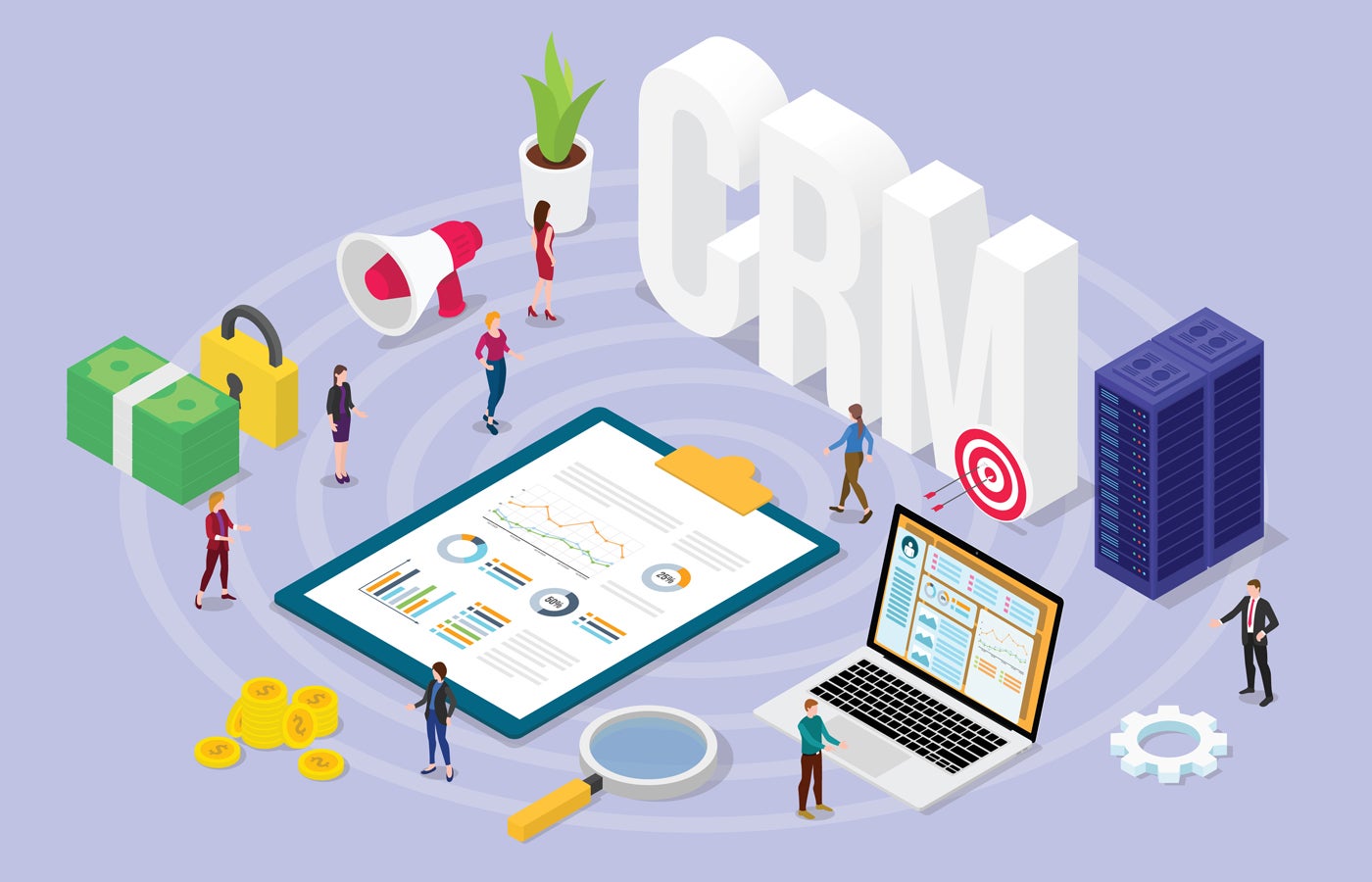Jack Wagnon has been a customer relationship management consultant for over a decade. Now, as global head of Rimini Street's Salesforce practice, he believes AI is on the verge of delivering on “the original promise of customer relationship management” for APAC companies: a true 360-degree view. the client's.
This will not be without a fight. As Salesforce deploys AI and organizations look to automate and capitalize on the right customer information at the right time, Wagnon said companies will need to work hard to master their data and budget and implement AI use cases.
Featured Software: SalesforceSalesforce, the leader in the CRM market, is a comprehensive cloud-based platform for managing sales, marketing, and customer interactions. For more information, check out our in-depth Salesforce review. |
4 Key Steps to Master Data Management for Salesforce
Rimini Street, a Salesforce partner, maintains that the “playbook” boils down to four key steps:
- Design and construction of a master data management strategy.
- Carefully analyze data integrations and design for scale.
- Start budget planning for enabling AI features.
- Create a delivery roadmap for AI use cases.
1. Design and build a master data management strategy
Salesforce research indicates that the average number of applications on organizations' digital assets is now 991. AI adoption is further messing up this “API expansion.” Additionally, 95% of organizations say integration is preventing AI adoption, and only 28% of applications are truly connected. (Figure A).
Wagnon said data fragmentation and unstructured data are a major challenge for businesses. He said creating structured data environments is not easy because it requires addressing multiple moving parts, such as implementing system reconfiguration agreements on the collected data.
Wagnon recommends a master data management strategy that involves a structured data framework and tight integrations.
“Once you've ingested it, it's about understanding the good and the bad; The risk of AI-driven automation is that the wrong action is triggered,” Wagnon said.
Top-down executive support from the C-suite is critical to CRM data strategy
According to Wagnon, the success of the master data management strategy depends on the buy-in and support of top-down executives. He said the most likely source of failure is reliance on “middle leadership,” which can fight a losing battle against the weight of an existing corporate structure.
SEE: Australian cybersecurity professionals also face difficulties engaging executives.
“Without executive buy-in, resulting in a funded mandate, arriving at a master data management strategy becomes nearly impossible,” Wagnon said. “Without that support, even strong middle leaders will struggle to make this happen in a reasonable amount of time.”
2. Examine data integrations and design for scale across ERP.
Rimini Street's business is based on providing third-party support to companies using Oracle and SAP ERP systems. Wagnon said that based on this experience, understanding the enterprise resource planning stack is important to fully deliver on the promise of an AI-powered CRM system.
Wagnon said a variety of broader ERP stack functions, such as supply chain or accounting, generate customer-based data. Ignoring these connections when building CRM tools and capabilities means creating more siled data or minimizing the ability to scale “without breaking,” she said.
The ability to see the broader playing field across the entire ERP stack can support lower total cost of ownership and improve daily management efficiency.
“It's not just financial costs, but also sheer complexity,” Wagnon said. “It reduces the challenge of managing a system when it scales well.”
3. Start budget planning for enabling AI features
Budget planning for enabling AI capabilities begins with educating internal stakeholders, particularly the CFO. Wagnon said if the CFO doesn't understand the benefit of moving dollars from daily operations to innovation and expansion, getting funding becomes difficult.
“The CFO is your best friend when it comes to building internal consensus,” Wagnon said.
Enterprise budgets focus about 90% on daily operations and about 10% on business transformation. Rimini Street is looking to generate savings in some areas and reinvest in others to turn this into a 60/40% split between operations and transformation expenses.
4. Create a roadmap for AI use case delivery.
Setting aside enough budget for AI-related innovation also means creating a roadmap of capabilities that need to be prioritized. Wagnon said the 24 months of dollar allocation needed to invest in this innovation goes hand in hand with a solid roadmap of priorities.
SEE: How Australia's Zetaris provides data for AI with federated data lakes.
“This roadmap is probably the second hardest thing after the structured data challenge, because it involves getting people to agree that, of all the things AI could do for us, we want to do this first, then second and then third. said Wagnon. “If you come to a consensus, you can work with your technology delivery partners and say, 'We think this is the business function that will give us the greatest return on our investment, please help me develop it.'
“There is alignment between business and technology delivery.”
1
Salesforce CRM
Employees by company size
Micro (0-49), Small (50-249), Medium (250-999), Large (1000-4999), Business (5000+)
Any size of company
Any size of company
Characteristics
Calendar, collaboration tools, contact management and more
2
HubSpotCRM
Employees by company size
Micro (0-49), Small (50-249), Medium (250-999), Large (1000-4999), Business (5000+)
Micro (0-49 employees), small (50-249 employees), medium (250-999 employees), large (1000-4999 employees)
Micro, Small, Medium, Large
Pragmatic steps required to extract value from AI-powered CRMs
Wagnon said there are some key use cases emerging for AI-powered CRMs. These include automating customer service responses to improve customer experiences and improve lead generation through automated analytics and actions based on customer behavior.
As a practicalities expert, Wagnon said using AI to crawl systems for optimizations was another key use case; AI-powered automated analysis can identify where it would be valuable to fix a system in cases where, for example, data is not being entered or captured correctly.
But to truly take advantage of AI, organizations may need to remove some important elements.
“We've built our Salesforce practice around pragmatism, about what to do to get this benefit,” Wagnon said. “And we spend a lot of time through our strategic advisory services having candid conversations about the order of priorities and, if we really want to see the value, the path to get there.
“A lot of that journey is not very sexy. The end of AI is attractive, but the work to get there is about structured data, integration standards, funding, and mandates empowered by CIOs, CFOs, and CEOs. Because we are talking about an important systemic change within the computing environment.”











